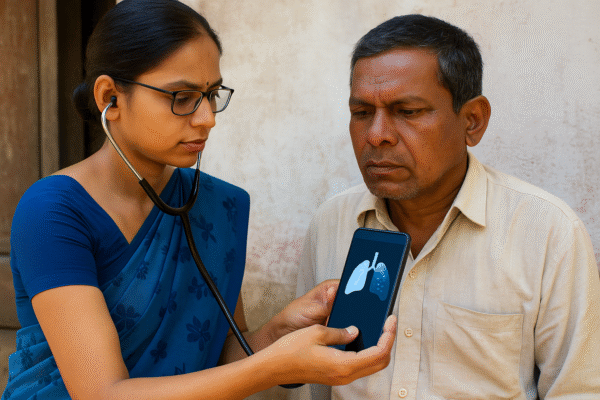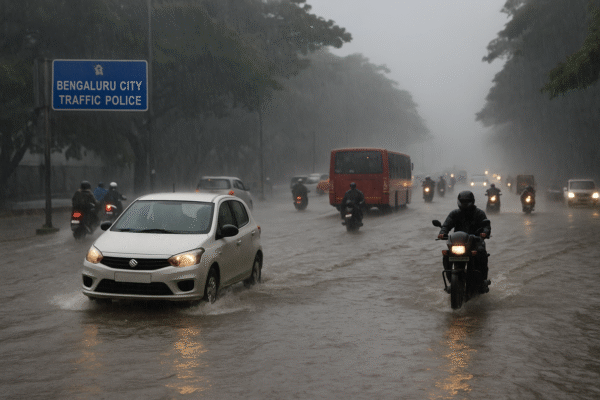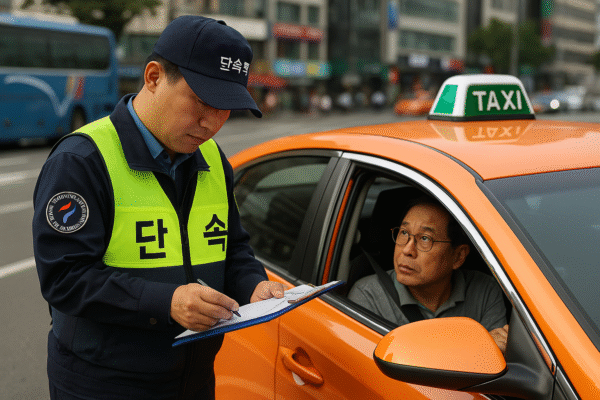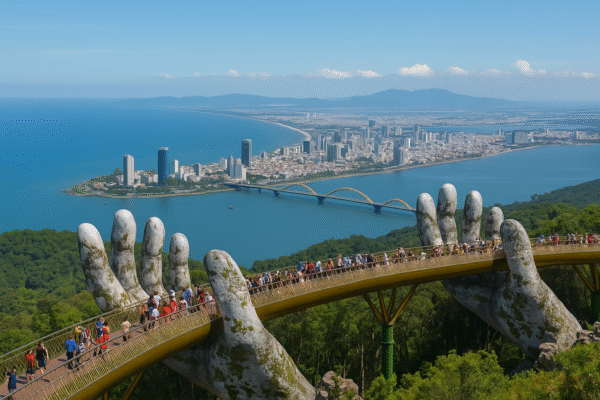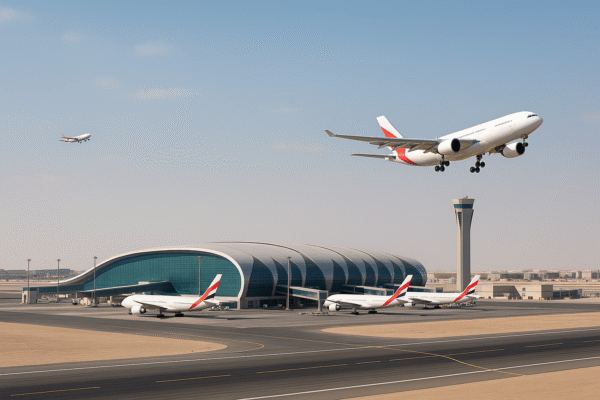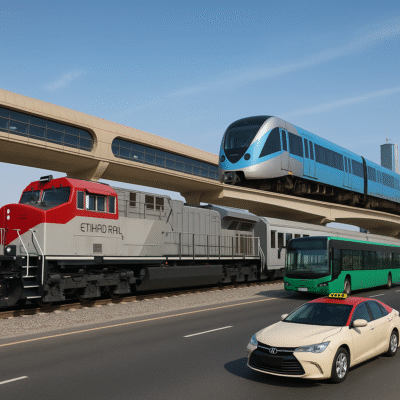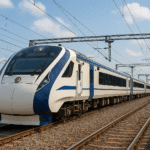UAE Launches Etihad Rail Passenger Network: A New Era of Seamless, Sustainable, and Integrated Travel Across All Seven Emirates
The United Arab Emirates is on the cusp of a transportation revolution as the nation prepares to unveil the Etihad Rail passenger network — a 900-kilometer high-speed railway system connecting all seven emirates with unmatched efficiency and convenience. Scheduled for launch by 2026, this ambitious initiative will not only transform how residents, commuters, and tourists move across the country but also reimagine the UAE’s commitment to sustainable and smart mobility.
National Connectivity Like Never Before
Etihad Rail is being hailed as one of the most transformative infrastructure projects in the Middle East. Once operational, it will link 11 key cities across the UAE — from Al Sila in Abu Dhabi’s western region to Fujairah on the eastern coast — offering unified passenger services to millions.
The new railway is fully integrated with Dubai’s Metro system, public buses, and taxi networks in key cities like Abu Dhabi, Sharjah, and Fujairah. Travelers will seamlessly transition from high-speed trains to local transport without the need for separate tickets or excessive walking, thanks to smart urban design and unified payment solutions.
RTA Leads Integration Efforts in Dubai
Dubai’s Roads and Transport Authority (RTA) is playing a critical role in aligning its metro, bus, and taxi services with upcoming Etihad Rail stations. The integration ensures that Dubai residents and visitors will experience a unified travel network that reduces commute times, eliminates the hassle of multiple ticketing systems, and promotes sustainability.
The Dubai Etihad Rail Station, currently under development, will directly connect to existing metro lines, RTA buses, and a wide network of taxis. This station is poised to become a central multimodal hub, elevating Dubai’s status as a smart city that prioritizes efficiency and user convenience.
Unified nol Card: One Payment System for All
One of the project’s most groundbreaking features is the extension of Dubai’s nol card system to Etihad Rail services. With this single smart card, passengers can pay for metro rides, bus fares, taxis, and now inter-emirate train journeys — simplifying access to the UAE’s vast public transport infrastructure.
This initiative supports the government’s broader vision of reducing reliance on private cars and encouraging residents and tourists to embrace greener, more affordable transportation options.
Tourism and Economic Growth on Fast Track
Etihad Rail is set to play a pivotal role in promoting domestic tourism. With reduced travel times between emirates, exploring the cultural sites of Sharjah, the beaches of Fujairah, or the modern marvels of Abu Dhabi and Dubai will become more convenient and eco-friendly.
Additionally, the rail network enhances economic integration by connecting key economic zones such as Jebel Ali Port, Khor Fakkan, and industrial areas across the UAE. This will support commerce, job creation, and regional development.
Future-Ready Infrastructure with World-Class Standards
Etihad Rail’s stations will feature advanced amenities including real-time travel updates, automated ticketing, and barrier-free accessibility. Passenger trains are designed for comfort and speed, with each capable of accommodating up to 400 travelers and operating at speeds of up to 200 km/h.
With plans to serve over 36.5 million passengers annually by 2030, the network will become a vital part of the UAE’s long-term mobility strategy. Its phased rollout prioritizes high-density and high-tourism regions first — starting with Abu Dhabi, Dubai, Sharjah, and Fujairah.
Environmental Commitment Through Sustainable Transport
Beyond speed and convenience, the Etihad Rail project aligns perfectly with the UAE’s sustainability goals under UAE Net Zero 2050. By diverting millions from cars to trains, the network is expected to significantly reduce greenhouse gas emissions, road congestion, and energy consumption.
Rail is one of the most energy-efficient modes of transport globally, and its integration with electric buses and fuel-efficient taxis enhances the country’s ability to cut its carbon footprint.
Fujairah and Dubai: Strategic Transit Hubs
The cities of Dubai and Fujairah are slated to become key gateways for both regional and long-distance travel. Fujairah, in particular, will gain prominence as a tourism and logistics hub on the east coast, offering convenient rail access to the Gulf of Oman.
Dubai, already a global tourism powerhouse, is leveraging this integration to offer tourists and business travelers an unparalleled experience — from airport arrivals to intercity travel, all under one unified, efficient system.
Conclusion: A Seamless Travel Future by 2026
As Etihad Rail moves toward its 2026 passenger launch, the UAE is delivering on its vision of a borderless, smart, and sustainable transport ecosystem. Whether you’re a tourist exploring desert landscapes and futuristic cities, or a commuter traveling between home and office, the future of mobility in the UAE promises speed, comfort, and connectivity — all powered by a single card and a shared vision.
This landmark project is more than just a rail line; it’s a national blueprint for modern travel, environmental stewardship, and regional cohesion.
Stay tuned as the UAE redefines public transportation — one seamless journey at a time.
For more travel news like this, keep reading Global Travel Wire


